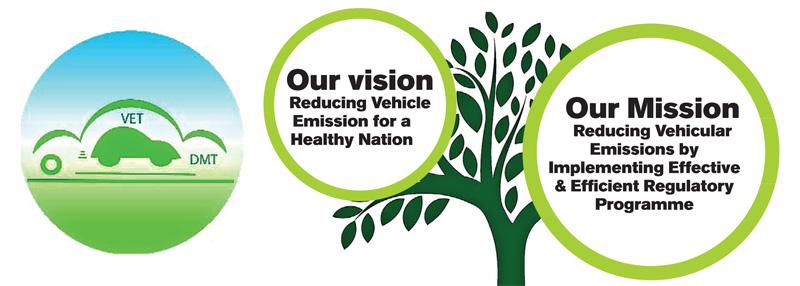|
Partial combustion and loss of energy
Ideally, if combustion process of ICE is perfect (stoichiometric combustion), the exhaust gases should only be carbon dioxide (CO2) and water vapor (H2O). In reality, mainly due to incomplete combustion, the exhaust gases contain many pollutant emissions. Most significant are PM, SO2, CO, NOx. High concentration of them in exhaust can be attributed to reasons such as improper air–fuel ratio, ignition or injection timing, turbulence in the combustion chamber, combustion temperature, lubricating oil composition and emission control system. Quality of fuel also determines the characteristics of emission.
According to the International Agency for Research on Cancer (IARC) under the WHO, Diesel exhaust has been classified as carcinogenic to humans (Group 1, IARC) while Gasoline engine exhaust is classified as possibly carcinogenic to humans (Group 2B, IARC).
High emission from vehicles mostly occurs under un-burnt and partially burnt fuel conditions. High emission means not only a waste of energy and but leads to loss of money due to less efficiency and poor performance. Therefore, control of emission is important as it results in reduction in unnecessary fuel consumption by the engine and helps saving of money and preserving of air quality. Yearly emission test helps vehicle users to know the actual engine performance and yield the above benefits. However, among other things in order to accrue all these benefits, proper periodic maintenance of vehicle in between emission tests by the user is very much essential. Many of smoky situations can be easily resolvable.
|
